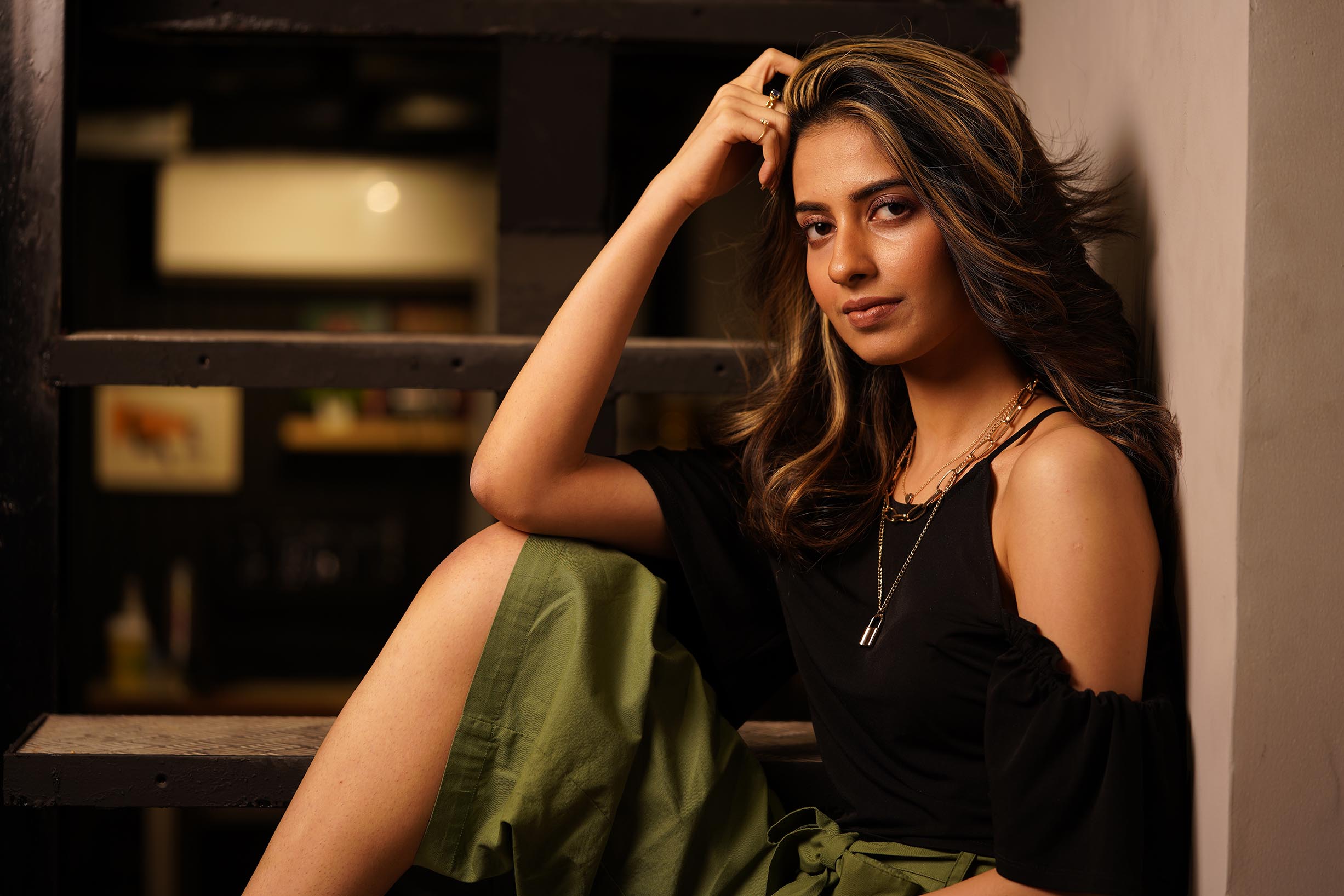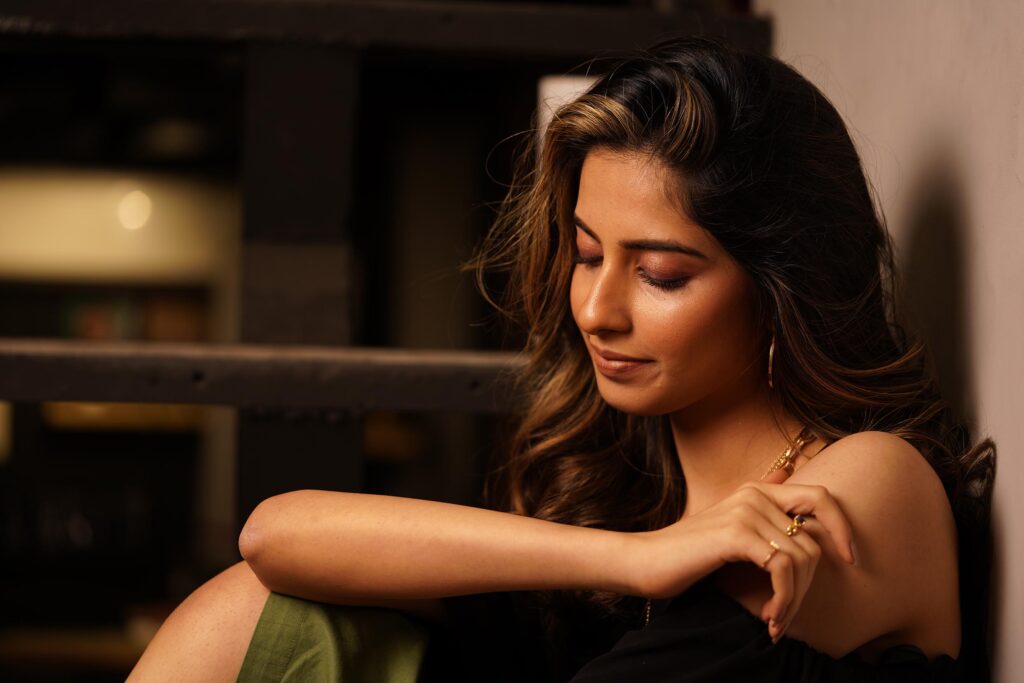
CREDIT: TARRA
TARRA is captivating audiences with her single “What Love Feels Like (yeh ya voh),” blending Western and Indian influences while exploring the complexities of love.
At 21, TARRA has already made a mark in the music industry with her unique blend of “profound, feel-good indie pop.” Originally from Mumbai and currently a student at the prestigious Berklee College of Music in Boston, she discusses her latest single, “What Love Feels Like (yeh ya voh),” her first bilingual release. In this exclusive interview, we explore her creative journey, future goals, and insights into the music scenes in both India and the United States.
Singular Culture: How long have you been creating music, and what inspired you to begin your music artist journey?
TARRA: I’ve been releasing music since December 2021, although I’ve been songwriting for much longer. Songwriting is actually how I got my start.
I’ve always been inspired by the idea of storytelling and world-building. As someone who wasn’t very extroverted growing up, songwriting became a medium of expression I discovered when I was 13. I’ve stuck with it (and it’s stuck with me) ever since.
Are there any particular artists or bands that influenced “What Love Feels Like (yeh ya voh)“ or your music in general?
My influences are definitely a mix of Western and Indian musicians, as I was exposed to both cultures growing up. Like many young songwriters of our generation, Taylor Swift was probably my first window into songwriting, and her impact on me has been lasting.
More recently, I’m influenced by artists like Noah Kahan, Lizzy McAlpine, LANY, and Kacey Musgraves. Growing up in Mumbai, I was raised on Bollywood and its music, so the work of Shankar-Ehsaan-Loy, Arijit Singh, Shreya Ghoshal, and A.R. Rahman will always be some of my earliest subconscious influences.
“What Love Feels Like (yeh ya voh)” explores contrasting emotions and perceptions of love. Can you share what inspired you to delve into these themes in your music? Are there personal experiences that influenced the creation of this song?
I’ve always appreciated music that’s reflective and serves as an entry point for contemplating deeper topics. I strive to incorporate that same reflective quality into much of my music, and “What Love Feels Like (yeh ya voh)” is no different.
The song was certainly influenced by personal experiences! I wrote the line “should love be easy or should it be butterflies?” in my phone’s notes last year, during a period when I was questioning how I’d know what experience of love is right. When I found it in my notes app a few months ago, I felt compelled to complete the song.
You mentioned that this is your first time incorporating Hindi lyrics into a song. What motivated you to make this decision for “What Love Feels Like (yeh ya voh)” specifically, and how do you feel it enhances the song’s emotional resonance and storytelling?
Writing in Hindi happened organically this year. Although I’ve spoken the language my whole life, I hadn’t considered incorporating it into my music before. During my teenage years, I primarily listened to English music and tried to mimic those influences.
Ironically, after moving to the US, I reconnected with the music of my home country and rediscovered its specialness. I found myself listening to more Hindi music than ever before and realized how integral my culture is to my identity. With this new era of music, I aim to blend my two worlds of influence.
For “What Love Feels Like (yeh ya voh),” the bilingual nature of the lyrics is crucial to the storytelling. The song’s theme is duality, exploring two different people (“he” and “you”) with contrasting production moods in the verse and chorus. The ebb and flow between English and Hindi in the vocals enhances the sense of indecision and being “torn between two types of love,” which is central to the song’s narrative.

CREDIT: TARRA
Having lived in both Mumbai and now the United States, can you share some insights into how the music scenes in these two places vary? How have these differences influenced or shaped your approach to creating music?
The music industry is quite different in both places. In the US, I’ve always admired the artist-first approach, where the focus is on songwriters telling their own stories and artists sharing their unique voices. This emphasis on personal expression is what initially drew me to the US music scene.
In contrast, the Indian music industry has traditionally centered around Bollywood. Most popular songs in India come from films and are script-based rather than artist-based. Songwriters often work with specific briefs rather than creating from their own inspiration. However, this landscape is changing rapidly. The independent and non-film music scene in India is growing, and more musicians are gaining recognition and releasing music under their own names. This shift is incredibly exciting.
Additionally, the music scene in Mumbai has a tight-knit community feel. Everyone seems to be part of a supportive network, which fosters a strong sense of belonging. This close-knit environment has made me feel like I truly have a place in the music world, and I’m grateful for that.
How has your education at Berklee College of Music influenced your musical journey and your approach to your career as a music artist?
I am currently majoring in Music Industry Leadership and Innovation at Berklee. Although my degree focuses primarily on the business side of music, being surrounded by so many diverse and talented musicians every day has profoundly influenced my perspective as an artist.
Berklee College of Music has exposed me to a wide variety of musical styles and offered insights into different approaches to music-making, helping me refine my own. Since coming here, I’ve been inspired to find my unique sound and story, rather than simply replicating what’s popular.
I’ve learned the importance of hard work and dedication and continue to be inspired by my friends and peers daily. I’m grateful to be at a college that feels like a mini music industry in itself.
What advice would you give to musicians who aspire to follow a similar path and study music abroad?
My advice for musicians interested in studying music abroad, especially in commercial music, is this: the classes themselves aren’t necessarily the game-changer. While your studies will undoubtedly improve your musicianship, it’s the exposure to the music community that truly enhances your growth as an artist. In my experience, the most significant development has occurred outside of class—whether in a jam room, at a fellow musician’s apartment, or during a professor’s office hours.
Additionally, as a music industry student, I might be a bit biased, but I believe it’s crucial to learn not only the craft but also the business side of music. Marketing, publishing, administration, and legal aspects are just as important for achieving success as the art itself. If you have the opportunity to take classes in these areas, I highly recommend it!
What are your long-term goals as a music artist, and how do you envision your career progressing over the next few years?
I want to keep discovering myself as an artist and definitely see myself doing more Hindi releases in the future. As both an indie artist and a rising music business professional, I aim to help more artists tell their stories as my career progresses. Long-term, I envision working in music marketing while continuing to release my own music.
Watch out for TARRA as she bridges cultural gaps, shapes the future of indie pop, and makes a significant impact on the world music stage. Don’t miss her latest release, “What Love Feels Like (yeh ya voh),” available on all major streaming platforms.
